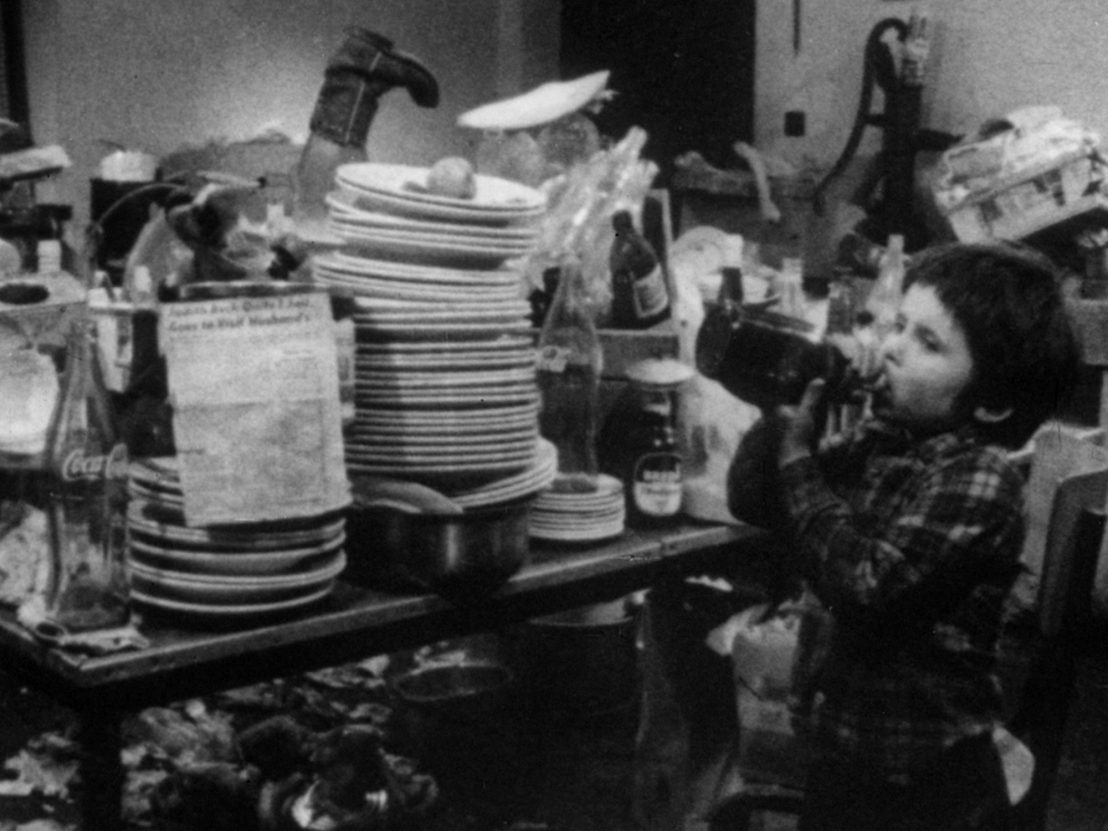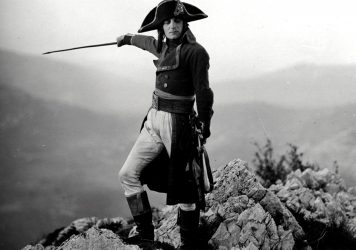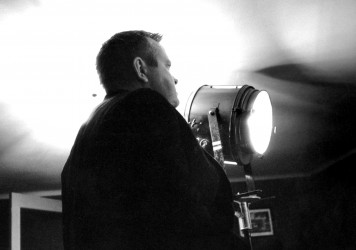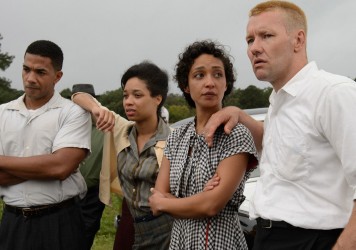
This year’s AFF ended with an eye-popping cinematic spectacle – a film unseen for 50 years.
On the penultimate night of this year’s American Film Festival, a huge crowd thronged the foyer of Wrocław’s Kino Nowe Horyzonty awaiting the sold-out Polish premiere of Jeff Nichols’ Loving. Across the room, a handful of people filed into a smaller screen for a curiosity buried at the back of the festival programme. With an unassuming image accompanying the blurb, and an unheard-of director listed, these adventurous few didn’t have much to go on:
“Escaped patients from a mental hospital hold up in an abandoned house where they perform improvised rituals. A visualisation of the sound, rhythm, and tempo of the soundtrack by Marianne Faithfull, Ramon Ybarra, and Nino Ferrer, the film received the blessing of none other than Salvador Dali.”
Little warning then that we were about to spend 73 minutes with one of the most eye-popping cinematic spectacles to surface this year – without question the find of the festival.
Who’s Crazy? received its premiere at the Cannes Film Festival in 1966. It had received a screening the previous year in Locarno, prior to the addition of a freewheeling score by a certain Ornette Coleman. A 1967 screening due to be held in London was cancelled as a result of the film’s reported attitude towards law enforcement. It remained unscreened for the next 50 years.
Enquiries into the whereabouts of the film had troubled jazz scholars and Cannes historians alike. According to Richard Brody, writing in The New Yorker earlier this year, it took the enterprising efforts of Coleman-enthusiast Vanessa McDonnell to track down the sole extant print of a film long-considered lost. McDonnell had called every Thomas White – the film’s credited director – in the phone book, until she got lucky. The Thomas White in question hadn’t made a second feature, retiring from filmmaking after a stint as a producer and cameraman for industrial film companies to breed Arabian horses in Connecticut. He told McDonnell he had a print of the film in his garage.
Culled from over 10 hours of footage shot in Belgium across 12 days in the winter of 1964-5, Who’s Crazy? defies narrative synopsis beyond that skeletally-sketched in the AFF programme. Living in Paris at the time, White had found himself neighboured by members of the Living Theater, an American improvisatory troupe in European exile while its founding members served prison terms for tax evasion.
“There was a lot of smoke in the room,” said White of the production in a recent interview with the New York Times. Not that it served to dampen the high-octane energies of those involved. One can imagine the director’s disappointment at the Locarno screening, given how impossible it is to imagine the film without Coleman’s score. Recorded in a single, improvised session with his ‘Golden Circle’ trio of Charles Moffatt on drums and David Izenzon on bass, Ornette plays as much trumpet and violin here as he does his alto sax. The band find their notes as the actors find their way through the space; as playful and experimental as it is melodious. It all makes for an intense synthesis of sound and image, the film largely free from dialogue, if far from silent.
When dialogue does come, it’s largely nonsensical; almost primally impulsive. “What is man? What is life? What is the purpose of existence?” shrieks one woman to no one in particular. Having raided a dressing-up box in the dilapidated farmhouse the escaped patients find themselves inhabiting, a man in a dinner jacket fields deadpan observations from another dressed in a trilby and overcoat, “The milkman says indecent things to me too.”
Non-sequitur follows non-sequitur, recalling the vast improvisation scenes from Jacques Rivette’s TV opus, Out 1 – unsurprising perhaps given the two works share a magnificent editor in Denise de Casabianca. “The games of children, pure and free like the wind,” states one character in the film’s single intelligible monologue. “All the maledictions, the outcasts, the scum finally meet,” he cries, “That man is sleeping… He’s dancing, like all of you are dancing.” So fused to the onscreen rhythm – or polyrhythms – is the astonishing soundtrack, that it appears to be propelling and dictating the onscreen action, despite its post-recording meaning the opposite to be true. The notion of the film as dance takes hold, not least in the climactic wedding ceremony; an escalating shamanic ritual scored by walking organ dirge, pounding drums and impossibly funky bass.
Earlier in the festival, Antonioni’s Zabriskie Point had screened as part of a separate strand. It was hard not to think of that film’s explosive ending, blowing everything to hell while blaring Pink Floyd. The anarchism embedded in Who’s Crazy? felt way more subversive – more aggressively modern – than the sociopolitical specificity of the later film; its disregard for the niceties of narrative or cinematic convention untethered from counter-cultural contemporaneity.
As Coleman explores the dynamic possibilities of free-jazz, so White applies a similar methodology to notions of cinematic form. Jump-cuts and sped-up action destroy any notion of the passing of time – we’ve little sense of how long these people are holed up in the farmhouse – while opening and closing chase sequences with bumbling authorities conjure Keystone runarounds from a playful visual style. It’s impossible to tell what one man is trying to do with an open stove at one point, as he stokes it, tries to open it, gobs in it. Not that it ultimately matters. As Ornette honks away and White ramps the frame-rate, the final effect is sheer sensory wonder.
If the film says little more about ‘craziness’ beyond pointing out its inherent connection to the bonds of imposed social order, it does so in purely cinematic terms. An artefact from a bygone era, not in the sense of the film’s content, but in respect of a time in which such fearlessly avant-garde work was getting made. Jeff Nichols’ film was probably fine and everything, but that audience have no idea what they missed in the next room.
For more on the American Film Festival visit americanfilmfestival.pl
Published 7 Nov 2016

Abel Gance’s staggering, five-and-a-half hour biography of Napoleon is heading to cinemas and Blu-ray.

By Tom Graham
Read the remarkable story of the director’s ill-fated passion project, 400 years on from the death of Miguel de Cervantes.

Jeff Nichols makes it five-for-five with this gently stirring drama about an interracial couple in ’50s America.